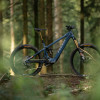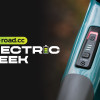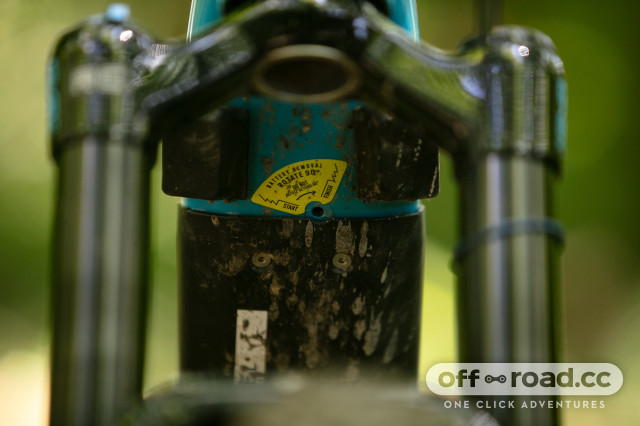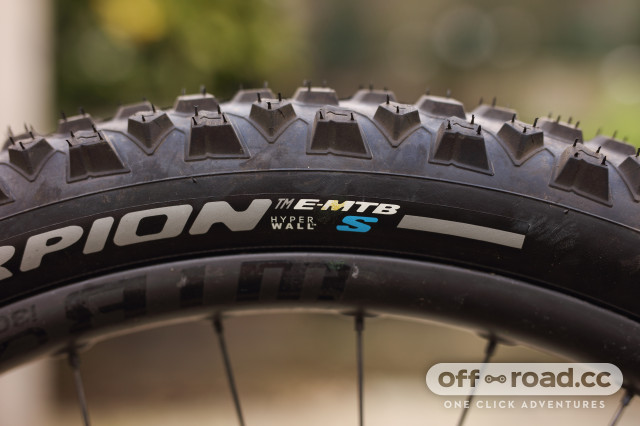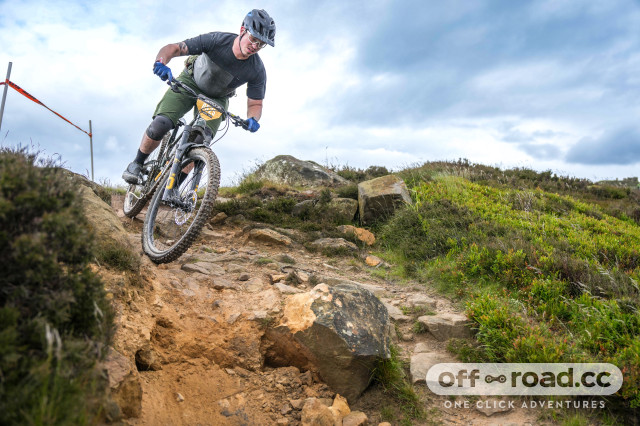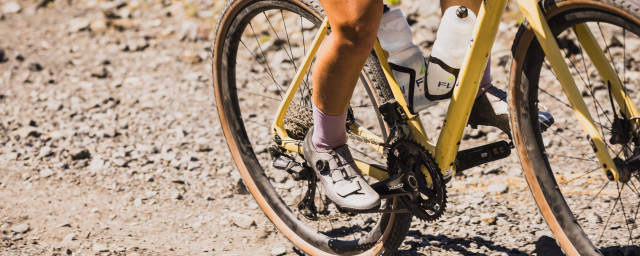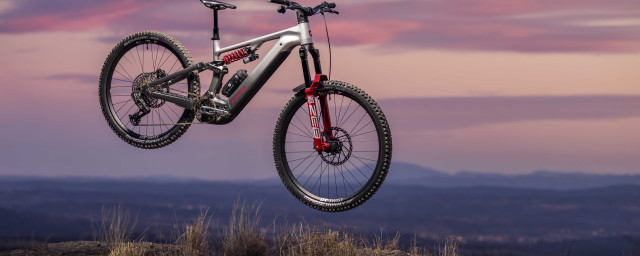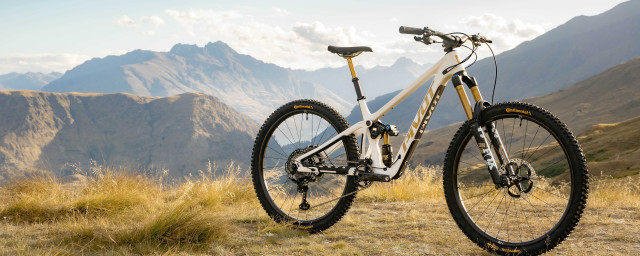How much do e-bikes cost to maintain long-term?
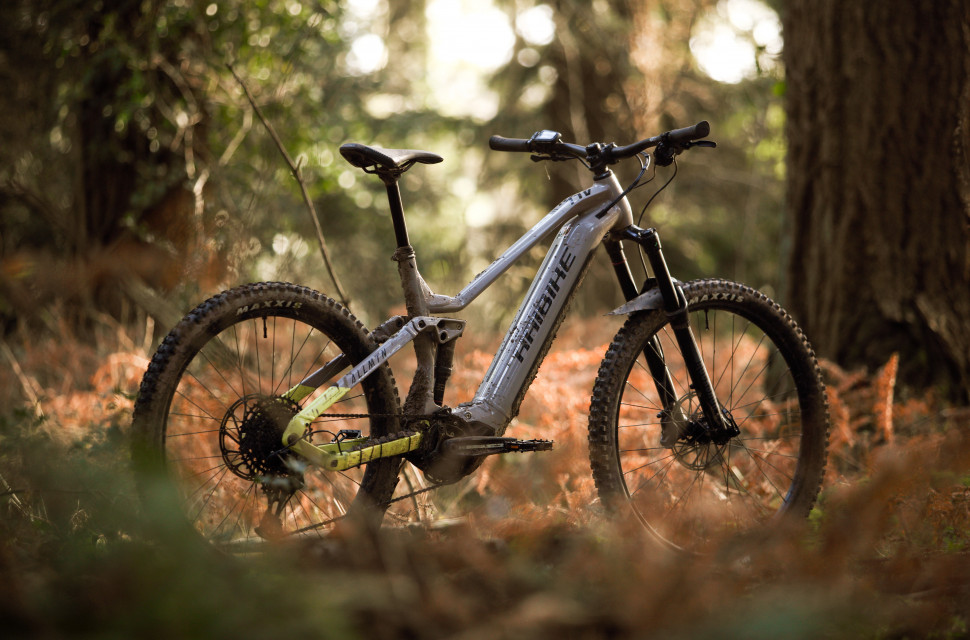
New technology always has a cost but over time, as technology scales, the cost stabilises to affordability. That’s the economic theory, and it is something that experienced mountain bikers and gravel riders know.
- Opinion: A lightweight e-bike is in your future so you might as well get used to the idea now
- Yamaha Moro 07 e-MTB review
- Merida eOne-Sixty 875 e-MTB review
When wireless drivetrains came to market a few years ago, they were costly and only available as tier-one components to pro riders and wealthy weekend warriors. In the current market, several more grades of wireless drivetrain are available, offering more integration opportunities for riders on a budget.
But what about e-bikes? Surely all that battery and motor technology must come with a cost and future maintenance burden? It does. But not in the overwhelming way that some riders might imagine. And there’s a lot you can do, as an e-bike rider and owner, to mitigate needless maintenance costs.
Enhancing battery life
Anyone who has to replace the battery of any handheld digital device like a Smartphone or cycling head unit knows that lightweight batteries are expensive. The chemistries and engineering required to create power-dense batteries, enabling lightweight power packs, aren’t cheap.
Although the replacement cost for an outright battery failure might be high, absolute failures are very low. E-bikes have sophisticated software and monitoring systems that prioritise battery health. Overheating, charging surges and other issues that might ruin individual cells or the entire power pack’s integrity, are mostly mitigated by battery health monitoring and control software.
But what can you do to enhance the life cycle of your e-bike’s battery and prevent a premature replacement? Managing the demand and recharging cycles on an e-bike can dramatically improve its long-term battery health. Most e-bike batteries can benefit from proven battery stewardship – that means intelligent use out on the trail, and being clever about recharging when you get home.
Remember that the e-bike’s battery and motor system are about pedal assistance, not terrain dominance. Whether you are riding a lightweight trail e-bike or a heavy-duty enduro e-bike with 38mm stanchion forks, use the battery to assist you in climbing. There’s no point in powering away from mates on a ride or setting silly times on inclines, using all the motor power. Gentler pedal-assistance demands on the battery are better than surges of peak power.
Motor power and wear
On average, an e-bike’s mid-drive motor can enhance your pedalling inputs by up to 400%. This creates another cost consideration when operating your e-bike, supporting the recommendation of conservative power assistance.
The e-bike’s mid-drive motor puts more strain than you could ever put on the chainring, chain links or cassette. Even with the best possible drivetrain hygiene (cleaning and lubrication), all those additional watts flowing into the drivetrain will increase mechanical wear.
Because component weight isn’t much of an issue with e-bikes, selecting much heavier steel chainring and drivetrain components with additional material is advised. Lightweight chainrings, chains, and cassettes will suffer and rapidly degrade on an e-bike often ridden in peak-power mode.
Tyres compounds and cost
Mountain bikers know that tyres influence performance enormously. Whether trying to cover huge off-road riding distances in a day or mastering a double-black graded Alpine descent, tyre choice matters.
Tyre tread profiles and compounds are chosen for rolling efficiency, grip, or durability. Many tyres blend those needs with a successfully compromised design. But a fast-rolling tyre will never be terrifically grippy when edging down a daunting trail.
With e-bike tyres, the rear can become a cost issue. How? Because e-bikes have the pedal assistance to overcome tread pattern drag issues that would be intolerable for most riders, many e-bikes are built with rear tyres optimised for grip, which is great. But they wear faster than they would, even over the same given mileage, compared to a similarly configured conventional mountain bike.
There’s no escaping from the wear factor an e-bike’s additional wattage through the drivetrain creates at the trail contact point – which is your rear tyre’s tread. If rear tyre wear is depleting your e-bike seasonal riding budget, you can choose a harder compound. The benefit of sacrificing a little rubber compound grip for better durability can be a worthy compromise, especially considering you rely mainly on the front tyre for steering and braking traction when descending.
System weight and wear
E-bikes are great for multiple descents of your favourite trail because they take the fatigue factor out of climbing, meaning you are more alert and responsive when descending. But more descents means more wear on tyres, brakes, and suspension components.
With an e-bike the dynamic wear of descending is compounded by bike and wheel weights, which are greater than a conventional mountain bike. You don’t need to be a mechanical engineer to understand how a 160mm e-bike weighing 25kg will eat through brake pads faster than a 15kg enduro bike with the same amount of suspension travel.
But there’s a lot more to the enhanced component wear of e-bikes, due to their greater weight, than just brake pads. Suspension components deal with greater impact loads, with e-bikes.
The element of an e-bike’s rear suspension and frame design that does suffer due to weight and the forces those bigger forks, shocks and oversized tyres transmit are bearings.
Larger bearings are more wear-resistant, especially for side loads, but the frame’s bearing specification ultimately constrains your e-bike’s size-related bearing durability. You can’t fit oversized bearings into small bearing mountain points.
What you can do is reduce bearing wear created by environmental contaminants like dirt and mud by being dedicated to your post-ride cleaning maintenance. How? By taking the time to work around those difficult-to-reach spaces and recesses where bearings and mud often meet.

